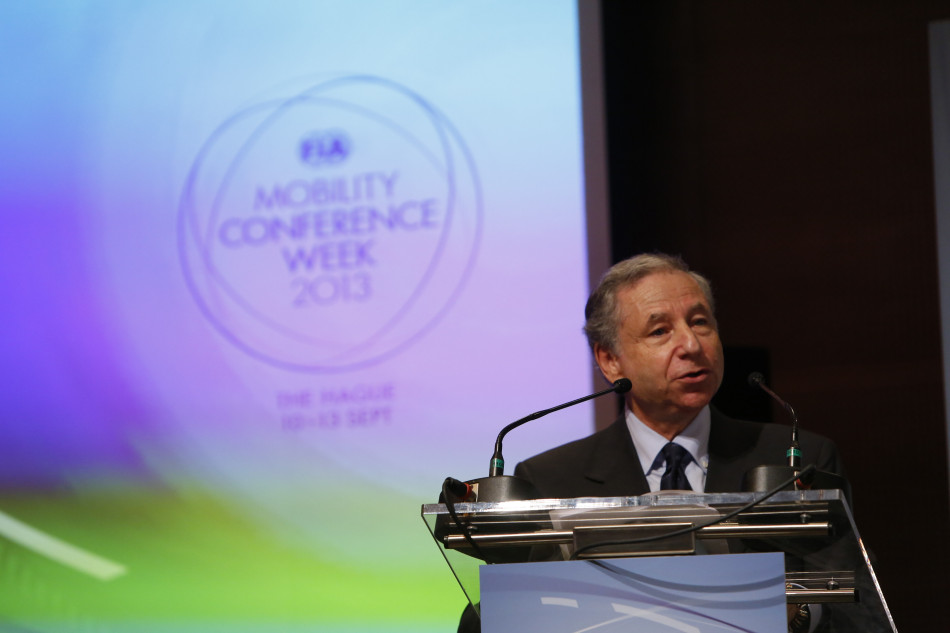Rising to future mobility challenges

Launching Mobility Conference Week 2013, FIA President Jean Todt told delegates that efficiencies undertaken by the Federation have made the organisation well prepared to help member clubs deal with a changing mobility landscape.
Referencing the conference title of ‘Connected for the Future’, President Todt said the theme “concerns the links the FIA has forged with clubs, as well as the links clubs have forged with one another”.
“This means being connected together and united, in order to be stronger and more efficient,” he said. “For four years now, all the reforms we have embarked upon have been designed to make our organisation more efficient so that it can offer its members improved service.
“Uniting 236 clubs from 139 countries around common objectives is a complex mission,” he added. “That is why we have had to modernise our structure and offer services more adapted to your needs.
“Our work has been to consolidate the FIA community and we are now in a position to take up new challenges and to look to the future,” he added. “There is no shortage of projects. Together, we must make those we have already commenced bear fruit.”
The changes made, he added, were important as clubs face into an era of enormous change in the world of mobility.
“Development of alternative means of propulsion, in particular the growth of electric vehicles, and the impact of new technologies to assist with driving and increase safety will progressively transform both the way in which we drive, especially in urban areas, and the place of the car in society,” he said.
“Whereas the number of cars is stabilising in western countries, it is in the process of exploding in emerging countries, where new consumers are gaining access to this form of transport. However, they must now learn to manage both the opportunities these changes offer and the dangers they pose, whether in the field of road safety or in that of environmental concerns.
“One of the FIA’s historic missions has been to promote individual mobility and the freedom it brings,” he said, “and so it is our duty to address this vast subject and assess the extent of the issues involved.”
Deputy President Mobility Brian Gibbons continued the theme of efficiency, explaining to delegates that the federation’s Mobility arm is currently drafting its aims for the future.
“It’s time to write our second business plan with the needs of the next three years in mind,” he said. “One of the key intentions will be to work more actively with each of the regions and each of the regional presidents on club initiatives and co-operations.
“A manifestation of that objective is the fact that in compiling the second mobility plan it not only requires administration and input from myself but it is also actively involving the four regional presidents. This is a truly collaborative approach. The plan will be presented to the World Council for Automobile, Mobility and Tourism in December.”
Susan Pikrallidas, Secretary General for Automobile, Mobility and Tourism, told conference delegates that member clubs need to work closely together to meet the challenges of greater connectivity in the future.
Explaining that machine to machine connections in the automotive world will triple by 2017 and that recent studies have indicated that by 2025 90 per cent of all newly sold cars will communicate with other cars and with road infrastructure, she said member clubs and the FIA must “find a way to connect to this new world”.
“Let’s together explore ways to ensure that clubs can succeed in this hyper-connected future by recognising potential threats and more importantly by identifying new opportunities,” she said. “Let’s work together to recognise the impact of this connected future on club business, on club members young and old and on club growth.”

 Facebook
Facebook Twitter
Twitter






